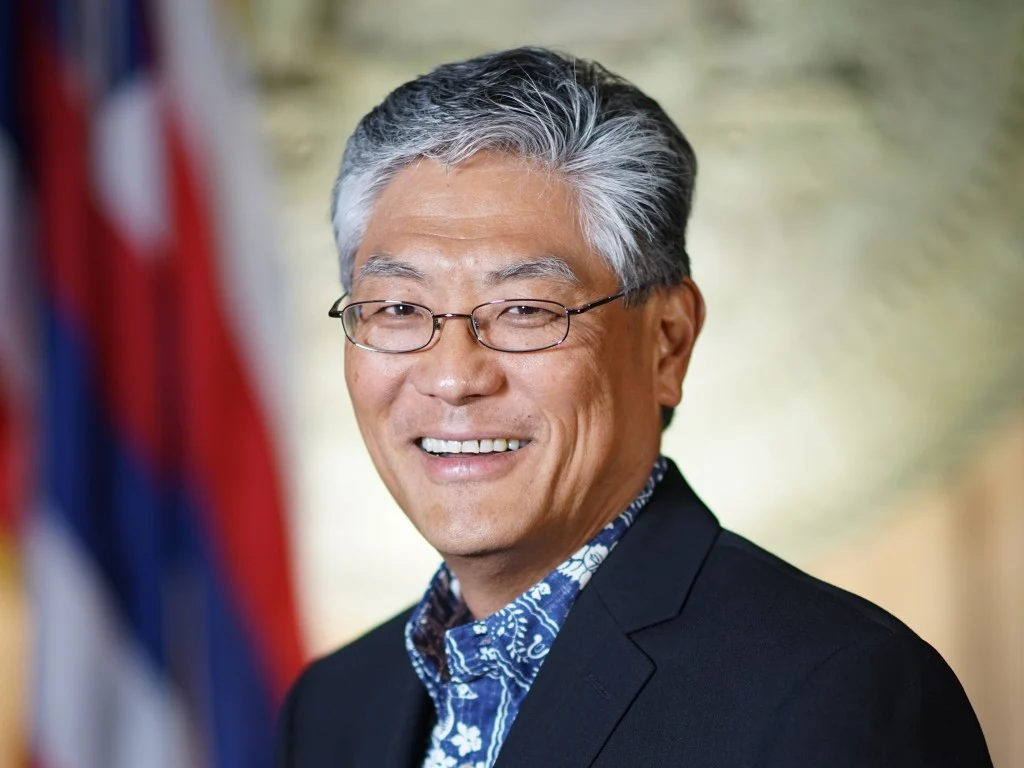Scott Murakami, PHIG workforce director and principal investigator with the Hawaii State Department of Health, shares how his department is utilizing Public Health Infrastructure Grant funds to support the state’s public health workforce; Melissa Touma, director of the public health infrastructure program at ASTHO, discusses...
Scott Murakami, PHIG workforce director and principal investigator with the Hawaii State Department of Health, shares how his department is utilizing Public Health Infrastructure Grant funds to support the state’s public health workforce; jurisdictions looking to stay current on PHIG deadlines, project updates, resources and more can subscribe to the PHIG National Partners Connections newsletter; Melissa Touma, director of the public health infrastructure program at ASTHO, discusses why procurement timelines are so critical and how PHIG recipients are using the grant to accelerate them; and Melissa Magstadt, ASTHO member and secretary of the South Dakota Department of Health, was recently honored with the State Official Award by the South Dakota Association of Healthcare Organizations.
ASTHO Web Page: Public Health Infrastructure Grant
ASTHO Web Page: Subscribe: PHIG Connections Newsletter
ASTHO Blog: PHIG Recipients Accelerating Procurement Processes
JANSON SILVERS:
This is the award-winning Public Health Review Morning Edition for Tuesday, October 14, 2025. I'm Janson Silvers. Now, today's news from the Association of State and Territorial Health Officials.
SCOTT MURAKAMI:
It's given us the resources to re-look at some process redesign initiatives so that we can hire people more quickly, and then that way, of course, the community gets the service that they need from us.
SILVERS:
The Public Health Infrastructure Grant provides health agencies across the country with the funding needed to maintain vital programs and undertake new projects, allowing jurisdictions to continue delivering essential services to their communities. Scott Murakami, PHIG workforce director and principal investigator with the state of Hawaii, shares how his department is utilizing the funds.
MURAKAMI:
We're trying to implement tools that can help the department get more forward-looking posture, and that would increase our reaction time to two things that could impact our communities.
SILVERS:
One of the ways the department focuses on the future is by addressing the needs of its new hires.
MURAKAMI:
We started up a new employee orientation program, and to that program, we've integrated a PH 101, class, because a lot of our employees don't come with subject matter knowledge in public health.
SILVERS:
Of all the things the PHIG grant could be invested in, Murakami says the most important investment he has made is in his people.
MURAKAMI:
It's really important because those are the people who come through for us in the end, through all of the challenges that we have, I think by focusing on some of the root cause issues and solutions, you know, it's going to take a while, but the ongoing funding would certainly help that out.
SILVERS:
And if you're looking for a way to stay current on Public Health Infrastructure Grant deadlines, project updates, events, resources, opportunities and successes, just like this one. Be sure to subscribe to the PHIG National Partners Connections newsletter. We'll have a link right to it in the show notes.
As you just heard, the Public Health Infrastructure Grant can uplift jurisdictions. Another way many health departments are using it is to modernize their procurement processes. ASTHO's Melissa Touma discusses why procurement timelines are so critical to public health and how PHIG recipients are making a real difference in their communities by focusing on them.
MELISSA TOUMA:
Delays in procurement can stall critical services, erode trust with partners, and also reduce the effectiveness of public health interventions.
SILVERS:
Touma says one of the most common challenges in the process is figuring out how to work efficiently with external agencies, and collaboration seems to be the solution.
TOUMA:
When public health is able to engage in a continuous two-way dialogue to clarify expectations of the process, help enlist subject matter experts to problem solve, and get buy-in for their own improvement efforts. They can improve transparency and co-create solutions to the process that really seemed impossible to fix before.
SILVERS:
One example of this is in Illinois, where the Department of Public Health decided to start inviting state procurement officers to small internal group meetings.
TOUMA:
Simply having those folks in the room made a big difference. Public health staff could ask questions, share what they were learning, how they were navigating certain parts of the process, and they could all work through challenges together in real time.
SILVERS:
Touma recently authored an ASTHO blog article highlighting best practices and past examples of success for PHIG recipients currently working to accelerate their procurement processes. You can check it out now using the link in the show notes, and to any department interested in connecting with one of the featured jurisdictions, feel free to reach out using ASTHO's Open Forum or peer networks, or get in touch with ASTHO directly for technical assistance.
And finally, a big congratulations to Melissa Magstadt, secretary of the South Dakota Department of Health, who was recently honored with the State Official Award at the South Dakota Association of Healthcare Organization's 99th annual convention. The recognition highlights her dedication, leadership, and impact on healthcare in South Dakota. You can read more about Magstadt and the honor she received by clicking on the link in the show notes.
That'll do it for today. We're back tomorrow morning with more ASTHO news and information. I'm Janson Silvers. You're listening to the award-winning Public Health Review Morning Edition. Have a great day.






